William Carnie was born a farmer’s son in Kintore, but died as a First World War hero, in one of the most daring exploits in the history of tank warfare.
His name is etched at the bottom of the arched Kintore war memorial, one of dozens of local lads and lasses who made the ultimate sacrifice.
Each name has a story, and now William’s descendants want his heroic tale remembered in the community he called home.
Willum’s roots in Kintore farming community
Like many north-east soldiers who fought and died in the First World War, William James Carnie, known as “Willum”, hailed from a farming background.
The Carnies farmed at Broomhill on the fringes of Kintore from 1862 when Willum’s father, William A Carnie, moved to the farm from Echt.
Eldest son Willum was born at the 126-acre farm, and naturally followed his father into agriculture.
But like other promising lads of that era, his young life was dashed by the eruption of war in Europe.
When William senior died aged 84 in 1943, he no doubt despaired the country was in the midst of another world war.
William spent 80 years at Broomhill, and his obituary said he “was much interested in mechanical devices for farm instruments”.
Willum inherited the Carnie aptitude for engineering and mechanics.
While he never truly had the chance to pioneer advances in farming, Willum was part of a pioneering regiment on the battlefield.
Willum enlisted in Machine Gun Corps
He enlisted as volunteer aged 19 in late 1915, joining the Machine Gun Corps as a private.
As a farm worker, he would have had a good case for exemption.
But Willum signed up some months before conscription forced men of his age to fight.
He saw action in France and Flanders, but the family farm and life in Kintore was never far from his mind.
Willum’s letters home revealed he didn’t want to be at war and wished he was back at Broomhill.
Sharing his father’s mechanical mind, he wrote home offering advice about setting an engine which they had on the farm.
Training for newly-formed Tank Corps
As part of the Machine Gun Corps, Willum was based at Bovington Camp, a heavy infantry training camp in Dorset.
He transferred to the newly-formed Tank Corps arm of the Machine Gun Corps in July 1917.
At a time when working horses were used for ploughing and sowing, not machinery, some of Willum’s letters from Bovington saw him musing over the future use of tractors.
He spoke of how they might fare at Broomhill.
Willum wrote: “I am doubtful about good bits of ground on Broomhill.
“I wouldn’t be afraid of one working here (in Dorset), for the ground is soft and there isn’t a stone to be found. I’ve been digging a lot of holes here.”
One of Willum’s postcards gave an insight into gruelling training.
Having marched nearly seven miles from Bovington to Lulworth Cove, he wrote “we arrived here after two hours of sweating with full pack. Have my boots arrived?”.
Whippet was pioneering new tank
Although Willum was training to be a driver, marching was still the primary method of moving troops en masse around France.
Soldiers were expected to walk between camp and the front line, therefore route marches of several miles were an integral part of training.
But the bulk of Willum’s training at Bovington was learning how to drive and operate the British Army’s newest secret weapon: the Medium Mark A tank.
Tanks first entered the war in 1916.
They were slow and cumbersome, designed to flatten German defences and pave the way for infantrymen to follow on foot.
But the Medium Mark A could travel at 8mph – twice the speed of the heavy tanks – earning it the nickname ‘Whippet’.
Willum and crew affectionately named tank ‘Musical Box’
Designed in 1917, Whippets carried a crew of three and were equipped with four machine guns and 14mm armour.
When Willum wrote home about his training he referred to the tanks as “buses”.
He and fellow crew members – Lieutenant Clement Arnold and Gunner Christopher Ribbans – unofficially nicknamed their tank ‘Musical Box’.
It’s a name still remembered today in tank warfare.
Willum wrote to his mother about his training.
On one postcard from 1917, showing views of a village called Wool near Bovington, he said: “I think I’ve passed for a driver all right, but we won’t know till we go on tank course.”
Signing off with “William”, he added “there is something in the wind right enough”.
He sensed change was nigh.
‘We’ve been training for new buses and guns’
Soon, Willum was in northern France.
In August 1918, Musical Box and her crew of three – with Willum in the driving seat – was poised for action.
The British were preparing for an advance at Amiens.
Ultimately this would be the offensive that ended the First World War.
Willum’s final letter was to his brother John, who was serving with the Royal Flying Corps in Egypt.
He said: “We only have another day or two to go now. We’ve been training for new buses and guns.”
By the time John received the letter, Willum was dead.
Musical Box went on 10-hour rampage
At 4.20am on August 8 1918, the Battle of Amiens commenced.
The 6th Tank Battalion, including Musical Box, charged east over open country, a railway line and through the village of Villers-Bretonneux.
The heavy infantry was deployed to support Australian and Canadian troops.
After crushing through German lines, Musical Box became detached from her regiment.
Alone in enemy territory under the command of Lieutenant Arnold, Musical Box went on a bloody rampage for 10 hours.
She plundered German lines killing soldiers.
It remains one of the most famous feats of tank warfare.
The crew’s conditions were appalling.
Spent machine cartridges bounced back onto the crew, they suffered from heat exhaustion and jerry cans of petrol leaked inside the vehicle.
The marauding crew pressed on and came to a German encampment.
Lt Arnold described at one point how “Ribbans went out and counted the slain, about sixty”.
Waiting Germans shot Willum dead
The damage Musical Box and her crew inflicted was said to be the equivalent of a whole infantry brigade.
But their reign of terror came to an end when the tank was struck by a field gun.
Lt Arnold said: “As it was no longer possible to continue the action, I shouted to Driver Carnie to turn about, when two heavy concussions closely followed each other and the cab burst into flames.”
The trio scrambled free, their clothes on fire, and the waiting Germans shot Willum dead.
He was only 22.
A German officer intervened before Arnold and Ribbans were killed, instead they were taken captive.
Willum’s body was never recovered and he is remembered on the Vis-en-Artois memorial.
Lt Arnold’s account later read: “The conduct of Gunner Ribbans and Driver Carnie was beyond all praise.”
The beginning of the end of WW1
The battle took the Germans by surprise, and August 8 was regarded as the German Army’s ‘Black Day’.
Advances made by British and Imperial forces that day marked the start of the hundred days offensive.
It was also the beginning of the end for the German army – 12 weeks later war was over and the Armistice was signed.
Willum’s bravery on that fateful day had not gone unnoticed.
On October 25 1918, the Press and Journal reported Willum’s father had received a letter of sympathy from the Tank Corps’ commanding officer.
He said Willum “died gallantly against heavy odds, having been found lying beside his tank surrounded by a number of dead German machine gunners”.
‘Remembered with pride and gratitude’
As well as being remembered on Kintore war memorial, the Carnie family commemorated Willum’s memory with the annual award of a silver dux medal at Kintore Higher Grade School.
The P&J said it was “of a private and individual nature”.
Adding Mr Carnie’s gift was “an appropriate tribute to the youth of the country fallen in the war”.
It was felt that through the awarding of the medal, Kintore’s youngsters would remember the fallen “with pride and gratitude”.
The medal was last awarded in 1953, after which the prize became books and was eventually discontinued.
Now, Willum’s remarkable tale of heroism on the battlefield, so far from the fields he farmed, will be immortalised at the Tank Museum at Bovington.
His own war medals have been donated to the museum by the Carnie family for permanent display.
If you enjoyed this, you might like:

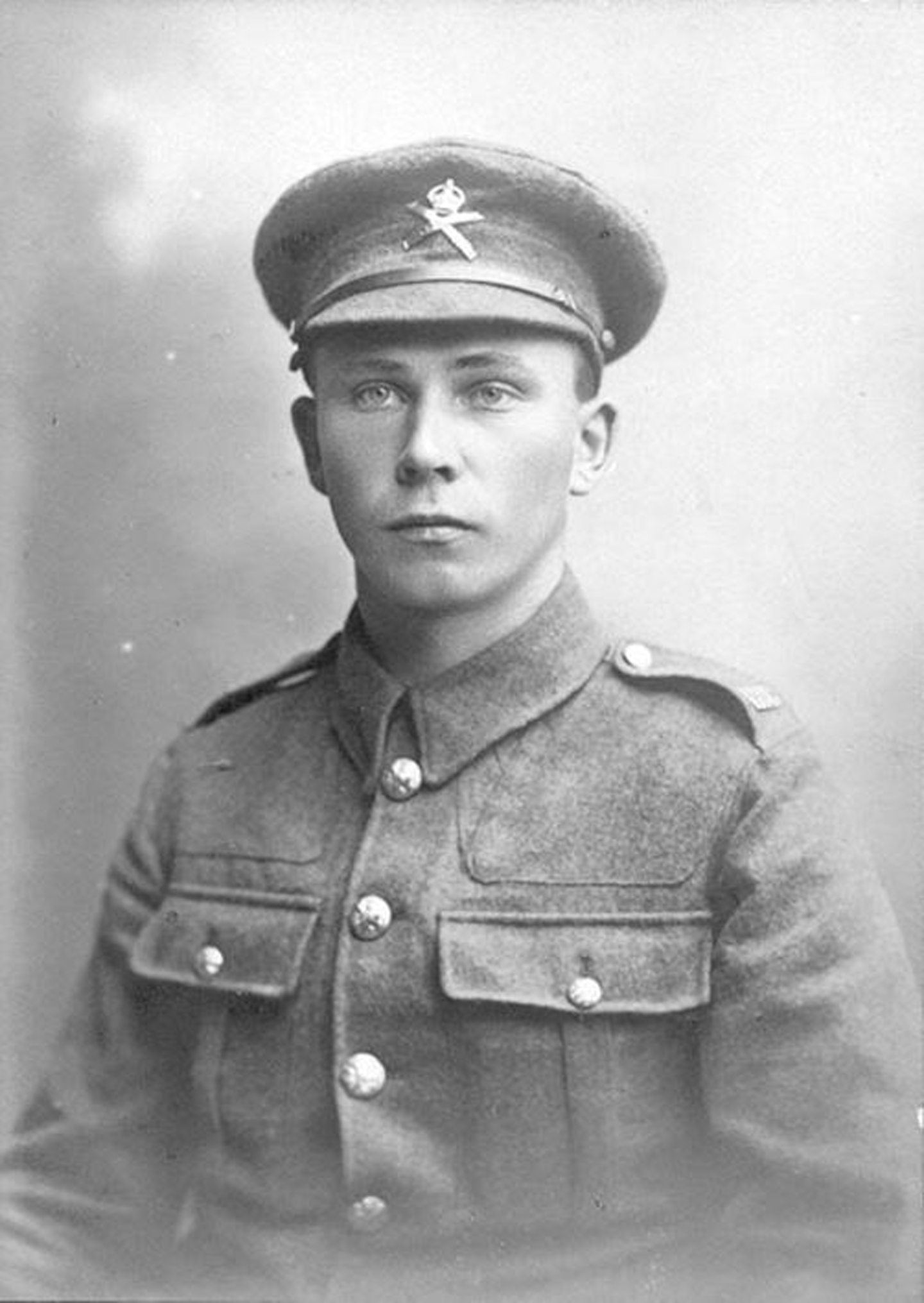

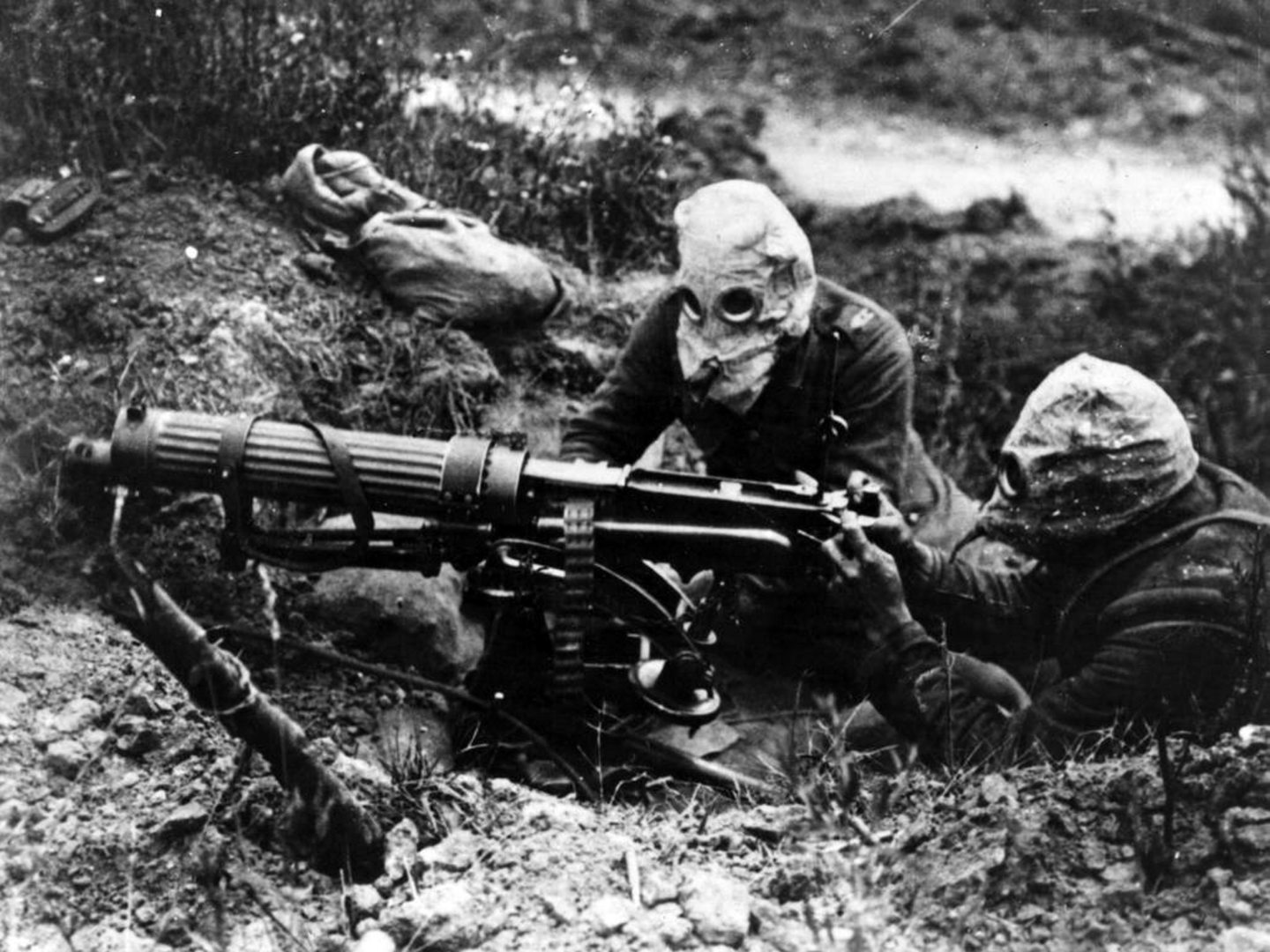
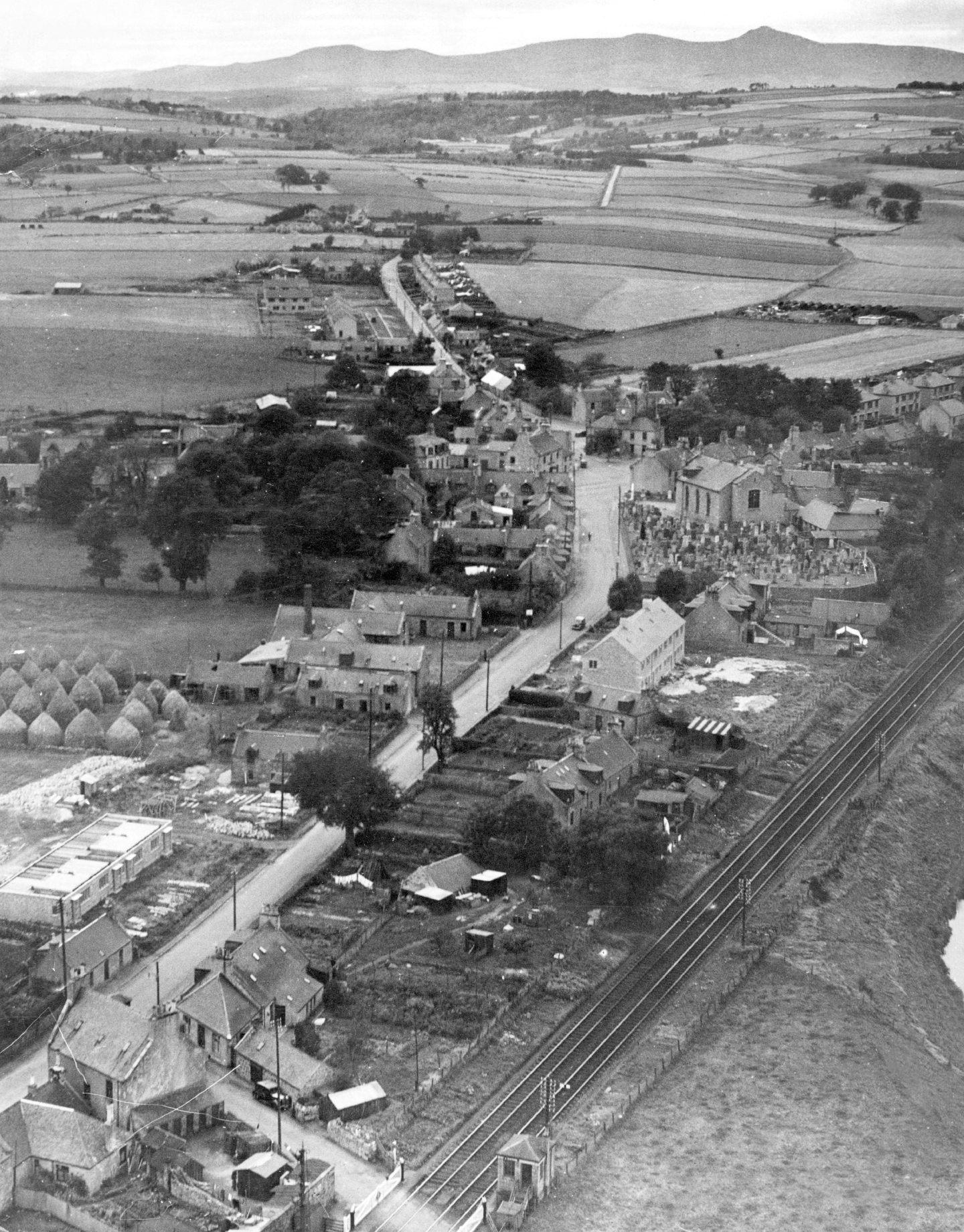

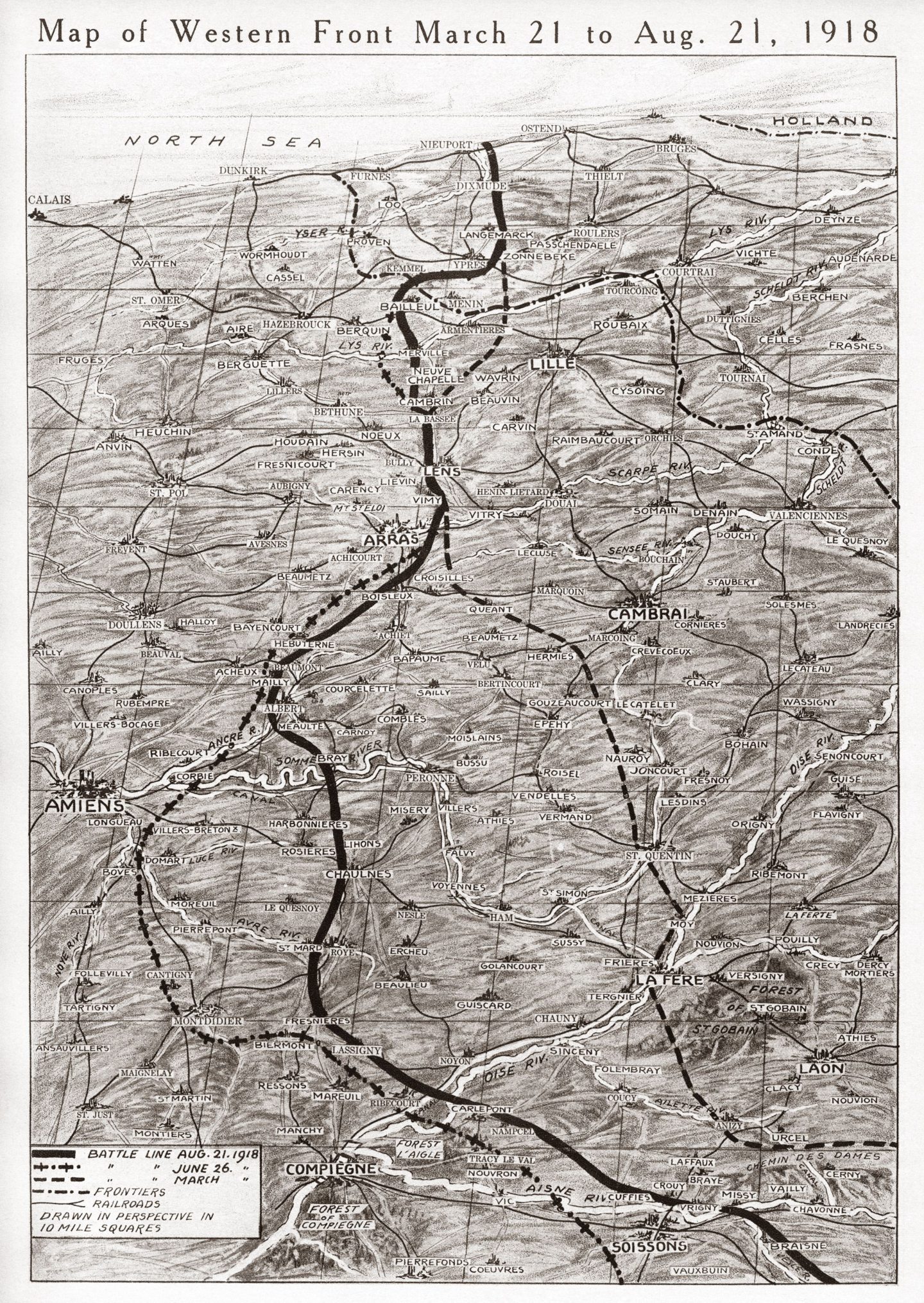

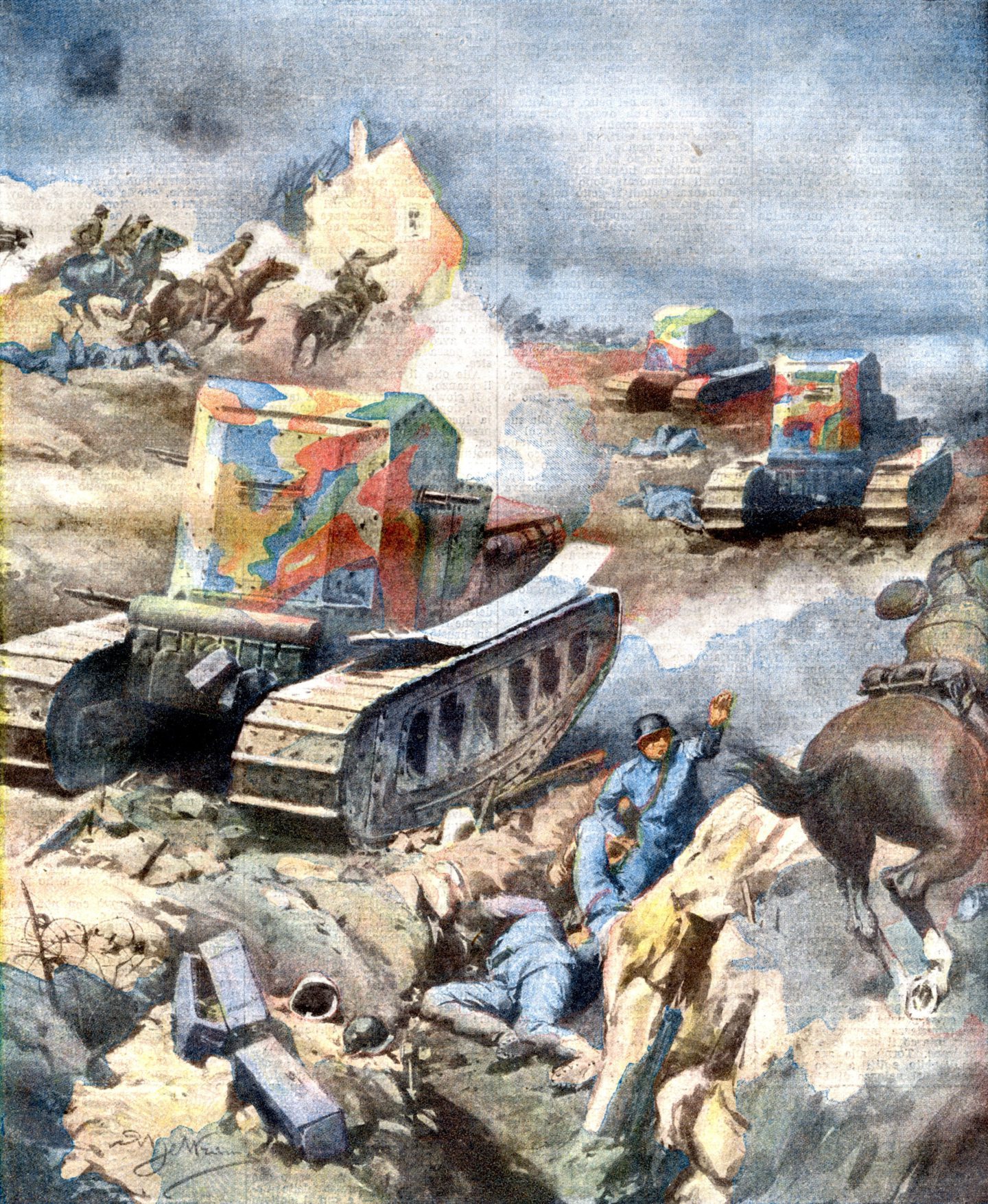
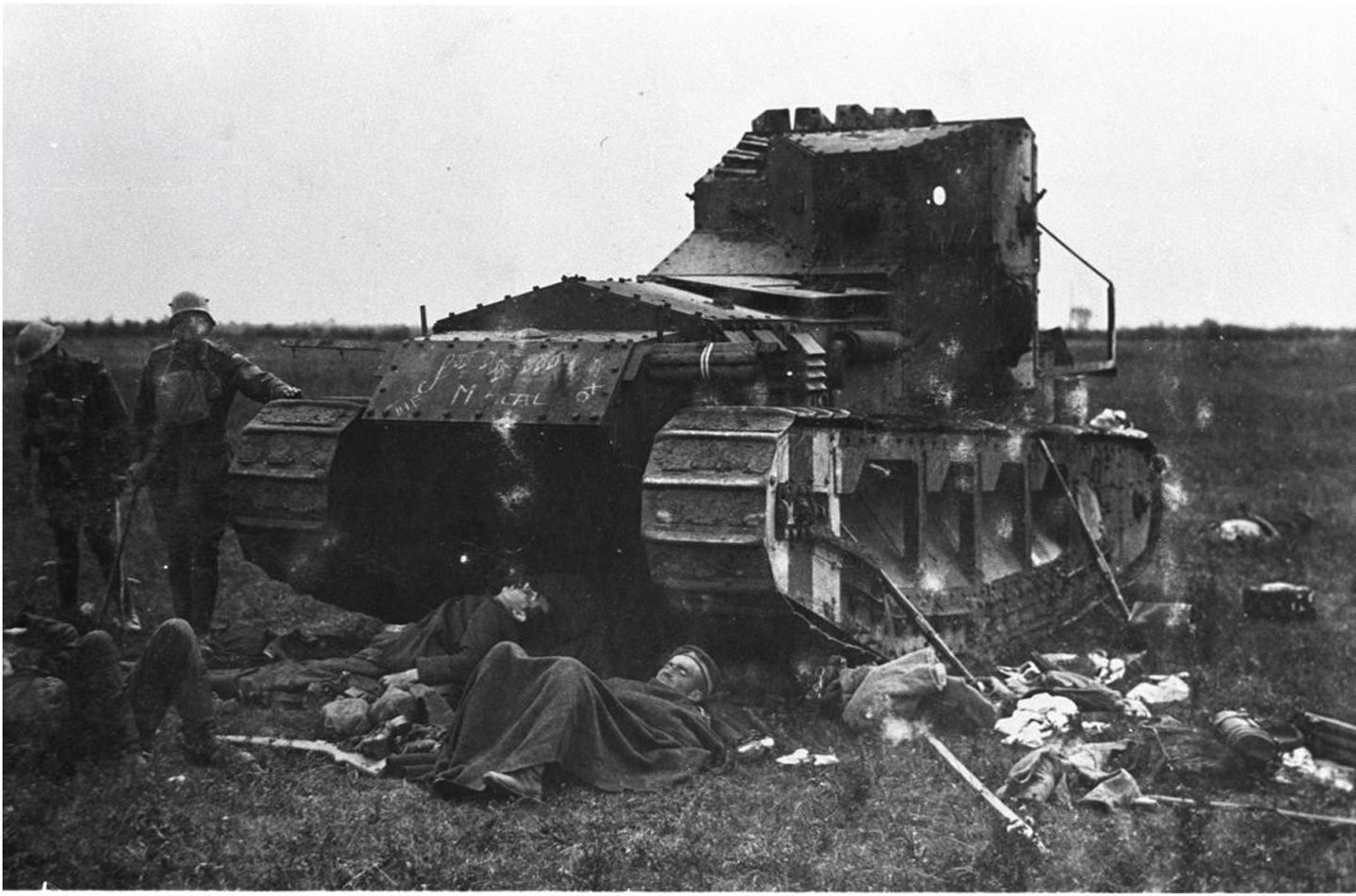
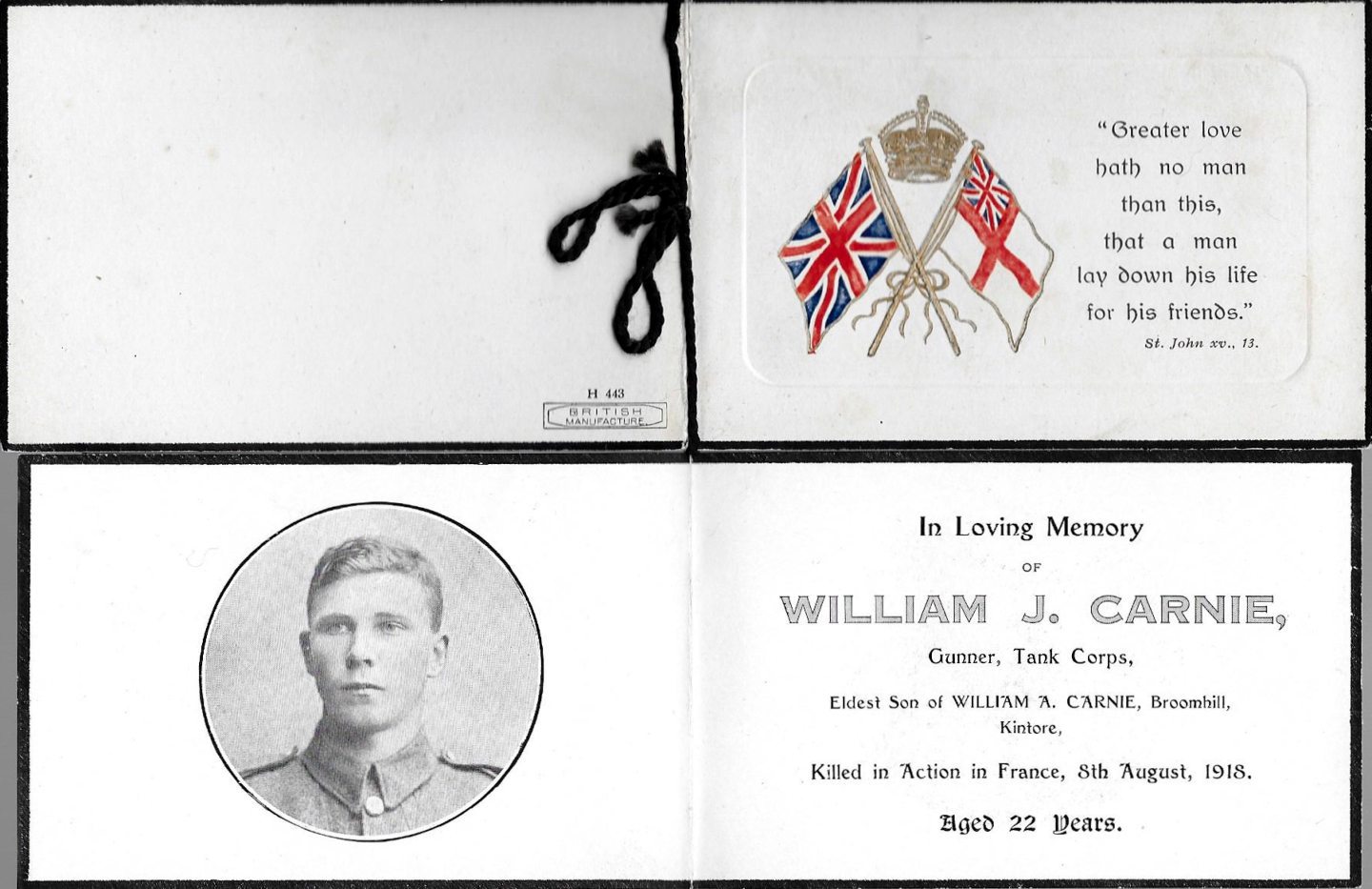
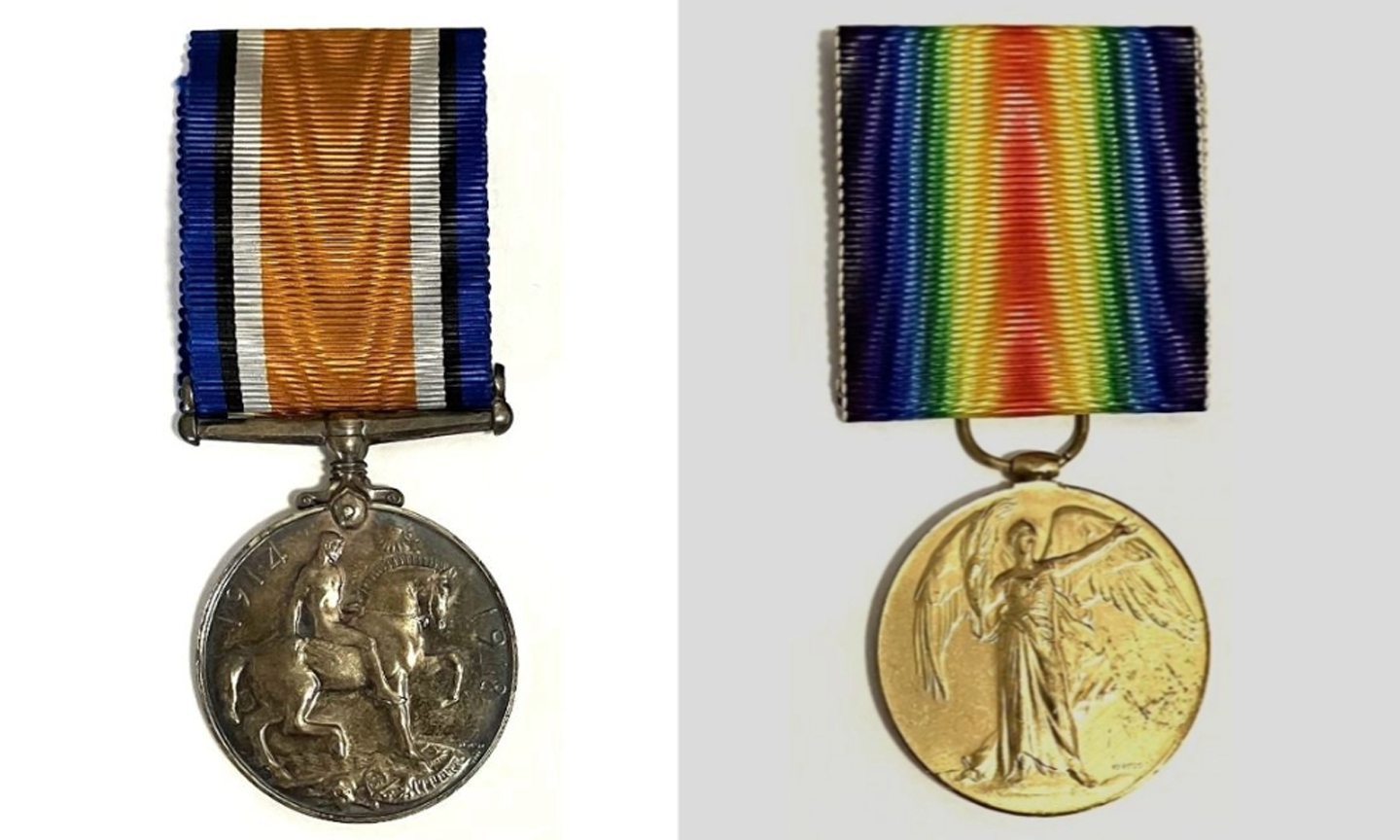
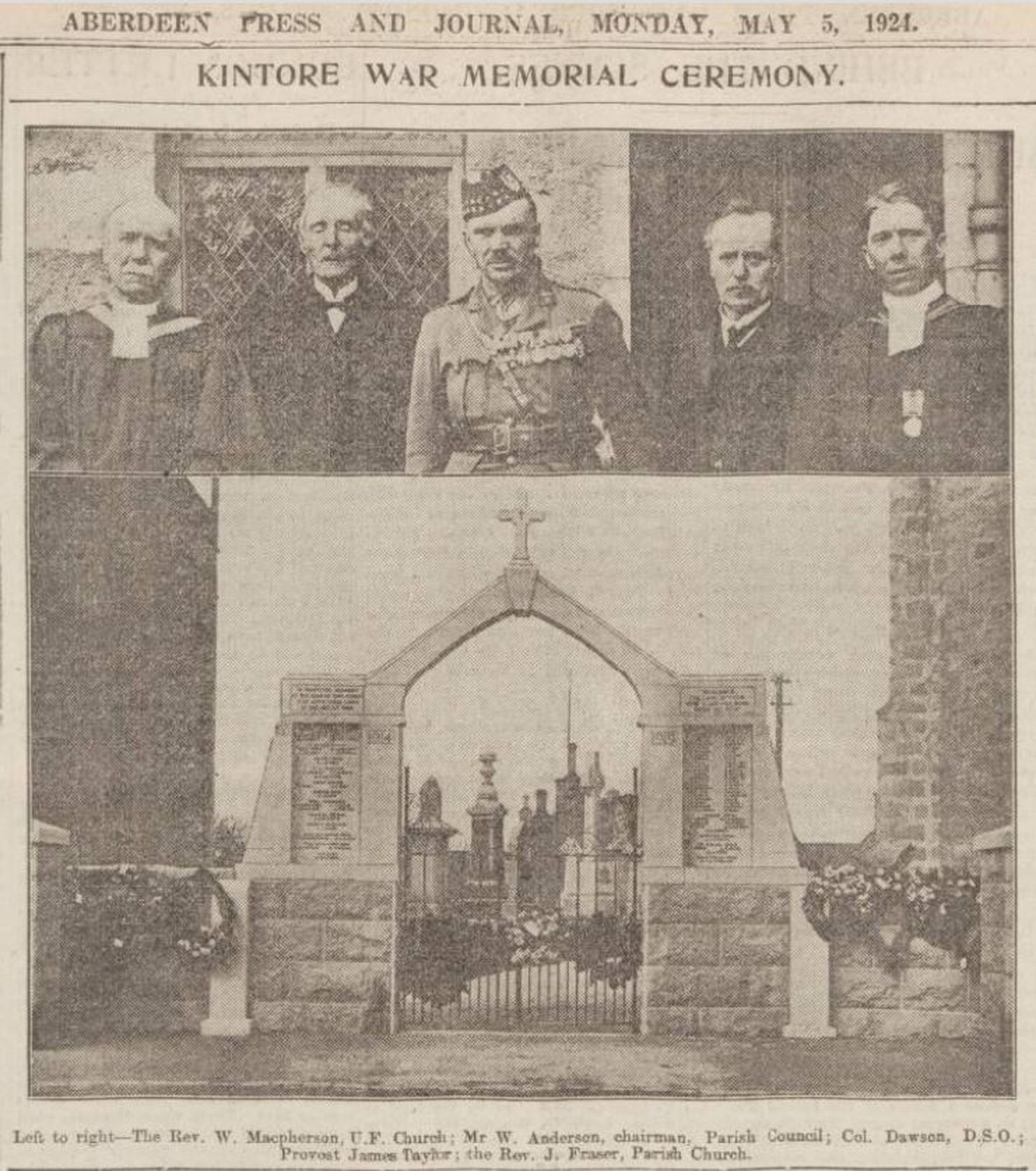

Conversation